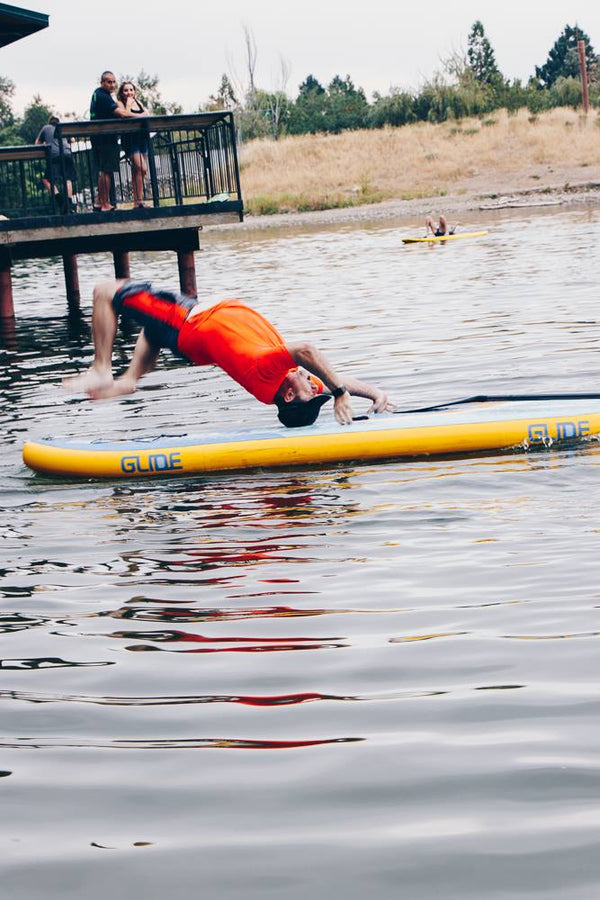
Common Paddle Board Mistakes and How to Avoid Them
Paddle boarding, a favored water sport, offers the unique thrill of gliding across the water on a stand-up paddle board (SUP). Despite its popularity, certain pitfalls can dampen the experience, leading to frustration, inefficiency, or even mishaps. This guide aims to spotlight frequent paddle board errors and share insights on sidestepping them for a fulfilling and secure adventure.
Key Highlights
- Choosing the Right Paddle Board: Match your board to your activities, skill level, and water conditions to improve balance and control.
- Proper Paddle Sizing: Use a paddle that's the right length for your height to avoid strain and ensure efficient paddling.
- Correct Paddle Grip: Hold your paddle correctly to maximize stroke efficiency and reduce fatigue.
- Stance and Balance Mastery: Adopt a shoulder-width stance with knees slightly bent for stability and improved paddling.
- Refining Stroke Technique: Practice long, smooth strokes, engaging your core for better propulsion and endurance.
- Dressing Appropriately: Choose suitable attire for water conditions, including quick-dry materials and sun protection.
- Heeding Weather and Water Conditions: Always check the forecast and be prepared to adapt to ensure safety.
- Recognizing Your Skill Level: Progress gradually, starting with calm waters and short distances, to build confidence and skills.
- Adhering to Safety Rules and Etiquette: Know and follow local regulations and waterway etiquette to avoid conflicts and dangers.
- Maintenance and Storage: Properly rinse, dry, and store your paddle board to extend its life and maintain performance.
Introduction: Elevate Your Stand Up Paddle Board Experience
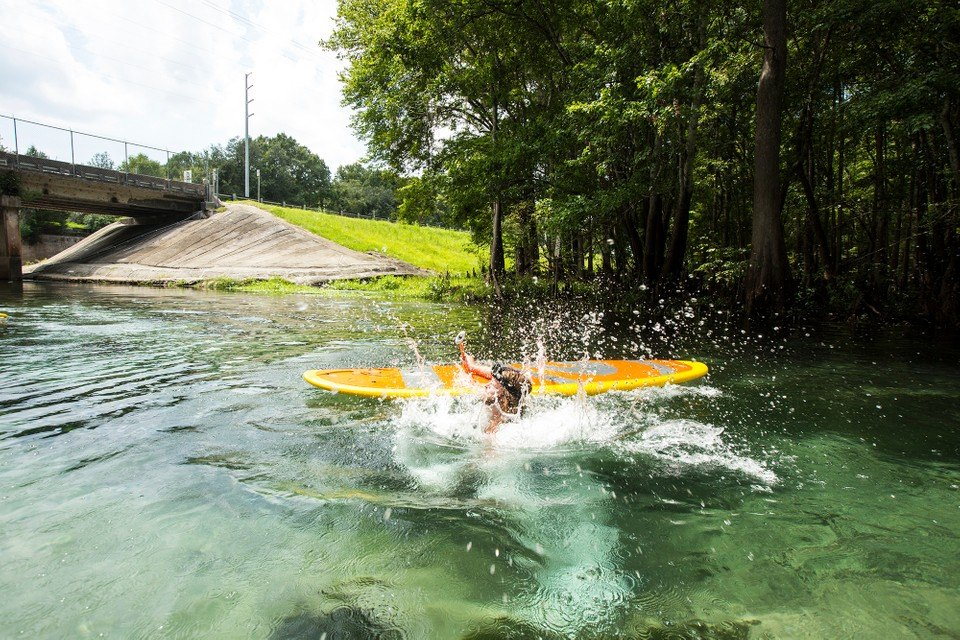
Choosing the Right Paddle Board
Selecting an inappropriate SUP is a misstep many enthusiasts encounter. The market is flooded with various paddle boards tailored for distinct activities, skill sets, and water environments. Opting for a board misaligned with your needs or skill level can hinder balance and control. Dive into the world of inflatable paddle boards and solid SUPs to find your perfect match, considering your activities, expertise, and the waters you aim to conquer.

Proper Paddle Sizing
A misfit paddle, whether too lengthy or short, can strain your paddling efforts. An oversized paddle may overextend your reach, stressing your back and shoulders, whereas a shorter one might lead to stooping. For the ideal paddle length, the T-grip handle should snugly fit in your palm when the paddle stands vertically beside you. Adjustments are key to finding that sweet spot.
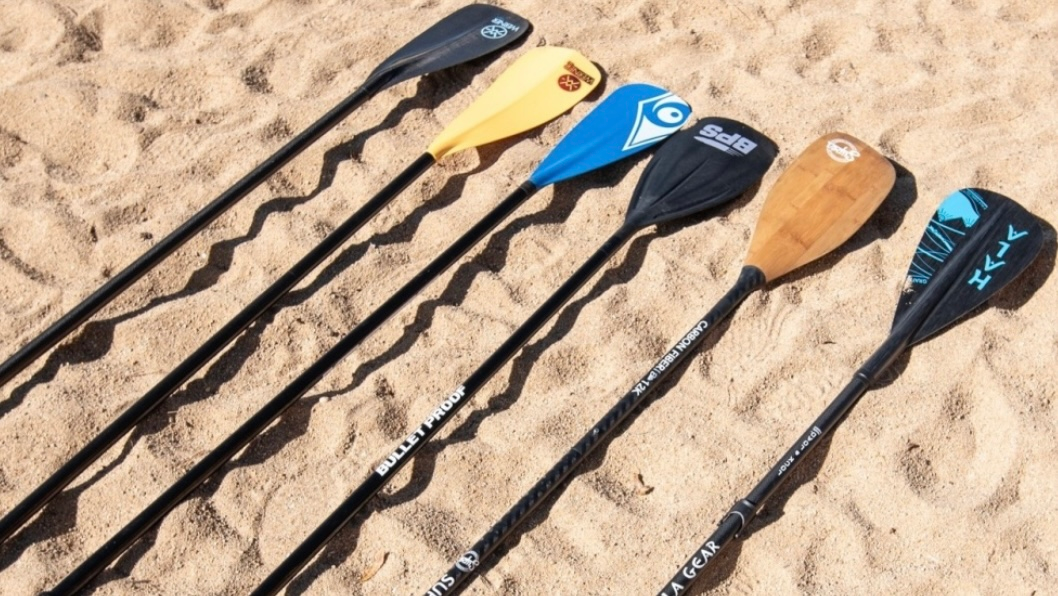
Correct Paddle Grip
A common blunder is incorrect paddle handling, resulting in inefficient strokes. Ensure the blade angles forward, with your top hand grasping the T-handle and the other around the shaft at shoulder width. This stance aids in harnessing core strength for propulsion.
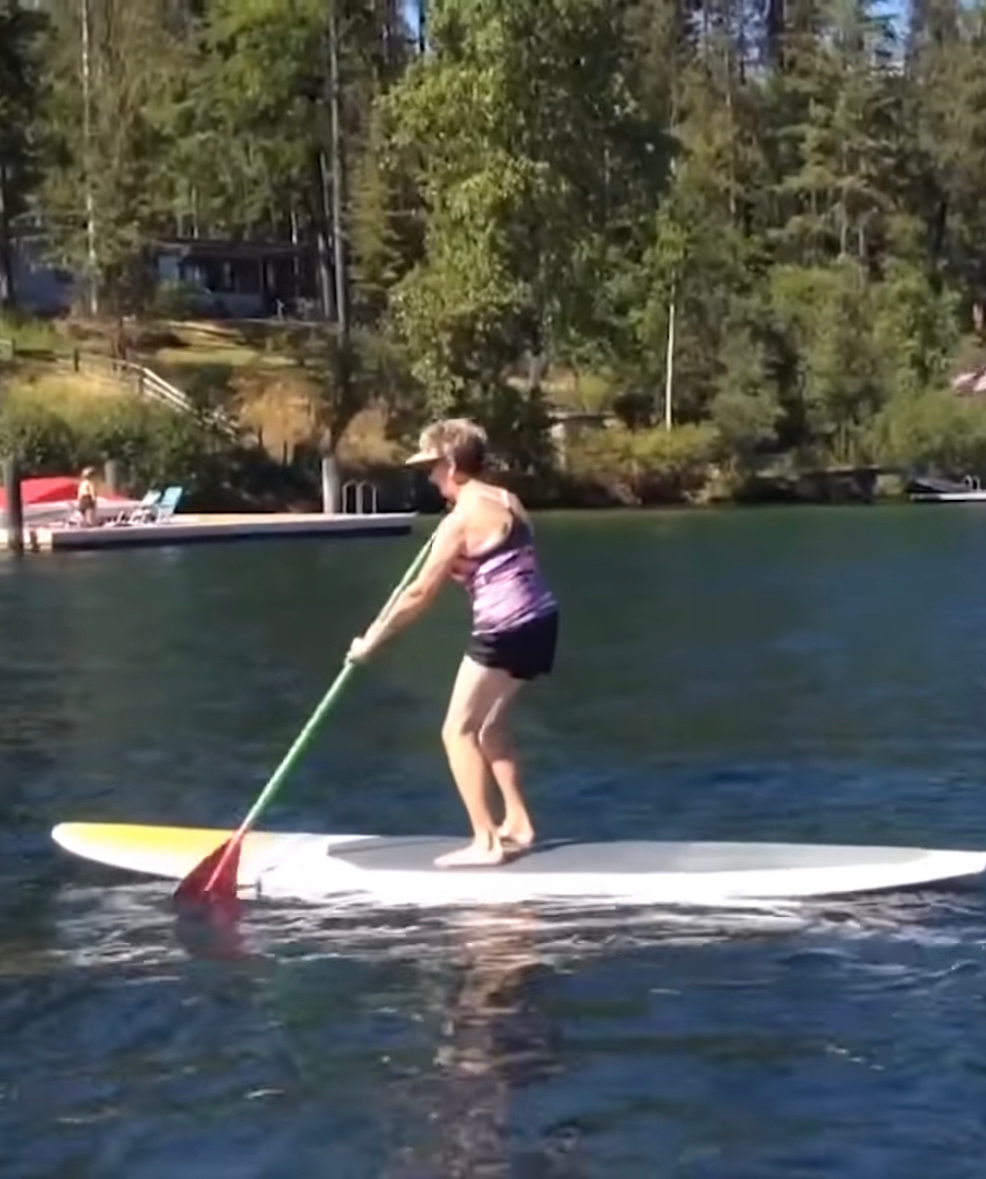
Stance and Balance Mastery
Proper stance on your SUP is vital for stability. Beginners often falter by narrowing their foot placement, which compromises balance. Adopt a shoulder-width foot position, with knees slightly bent and a straight back. This not only improves balance but also enhances paddling efficiency.
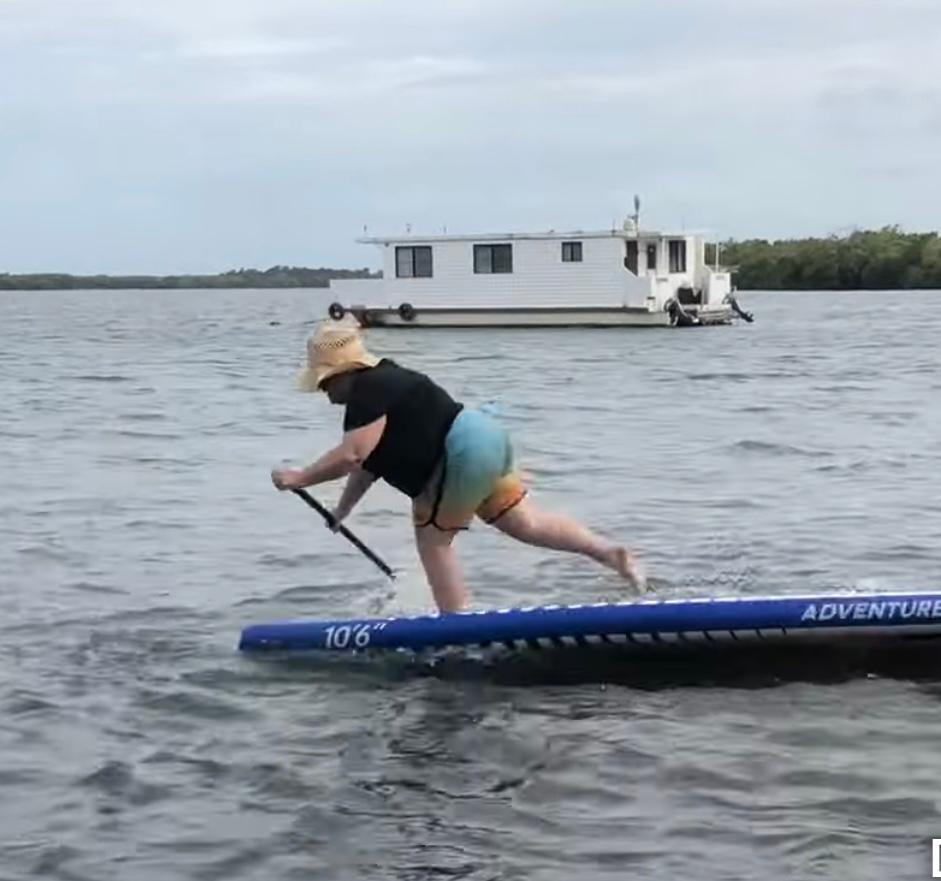
Refining Stroke Technique
The knack for effective stroking is crucial. Avoid the rookie tendency towards short, abrupt strokes that zigzag the board. Aim for elongated, smooth strokes, engaging your core for power and minimizing fatigue.
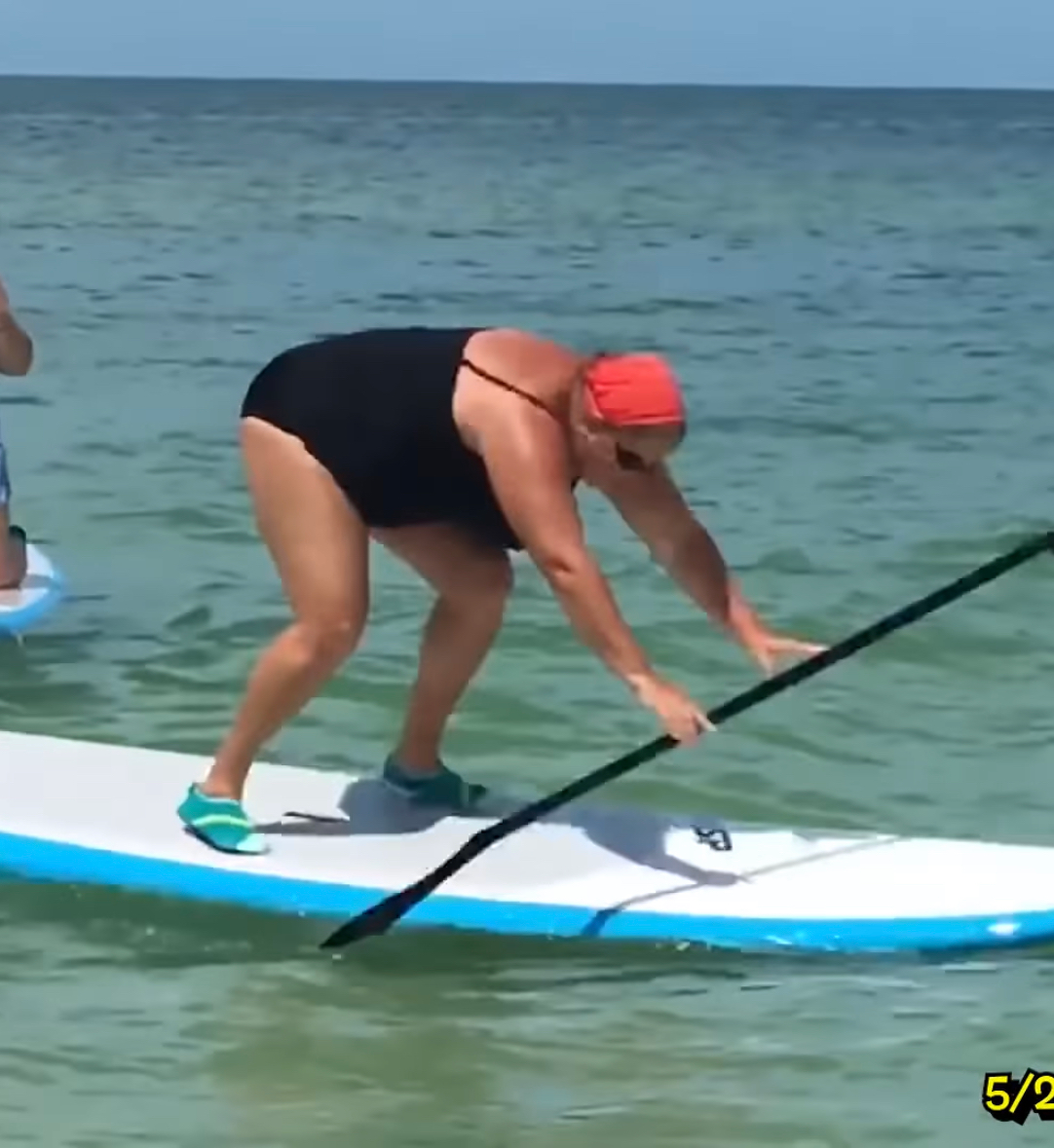
Dressing Appropriately
Inadequate attire can mar your paddle boarding. Opt for attire suited to water conditions, favoring quick-dry fabrics and shunning cotton. Equip yourself with a life jacket or personal flotation device (PFD) and sun protection to ward off the elements.
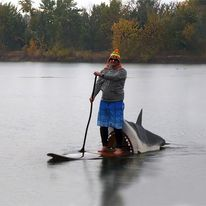
Heeding Weather and Water Conditions
Overlooking weather and water conditions is a recipe for trouble. Check forecasts and be prepared to adjust plans, ensuring your paddling experience remains enjoyable and safe.
Recognizing Your Skill Level
Overestimation of abilities can lead to precarious situations. Embrace a gradual progression, starting with serene waters and shorter excursions, elevating your challenges as your proficiency grows.
Adhering to Safety Rules and Etiquette
Ignorance of safety protocols and etiquette can lead to unnecessary risks. Familiarize yourself with local regulations and practice respect towards fellow water enthusiasts to ensure a harmonious paddling environment. Check out this article for more on SUP Etiquette.
Maintenance and Storage
Neglect in maintenance and proper storage can shorten the lifespan of your SUP. Regular rinsing and dry storage away from direct sunlight are paramount to preserving your board's condition.
Paddle boards require regular maintenance and proper storage to ensure their longevity and performance. Many paddle boarders make the mistake of not rinsing their board and paddle after use, which can lead to saltwater corrosion and damage.
To keep your paddle board in good condition, rinse it thoroughly with fresh water after each use, and allow it to dry completely before storing. Store your board in a cool, dry place, away from direct sunlight, to prevent UV damage and warping.
Conclusion
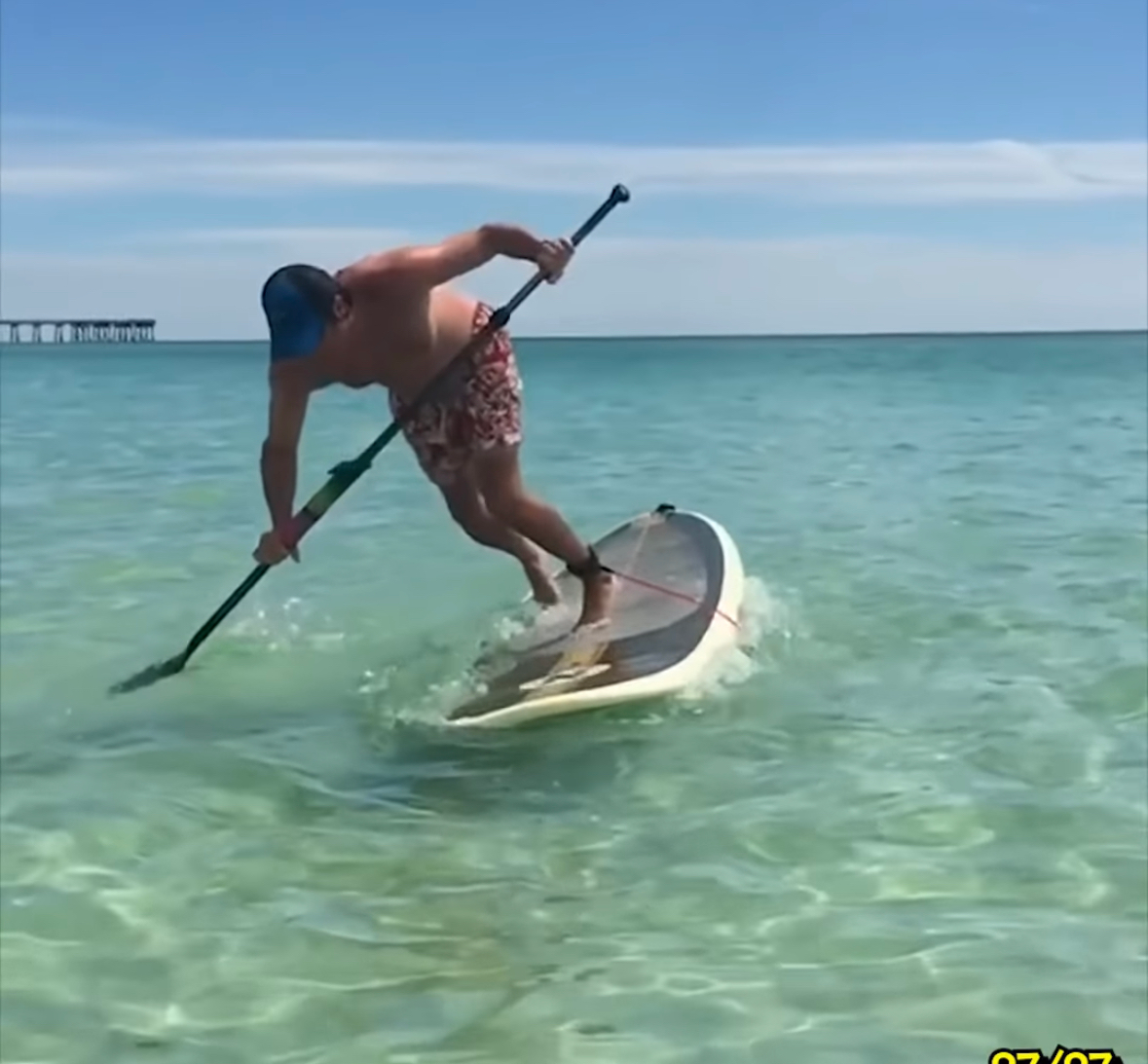
Awareness and avoidance of these common errors pave the way for a safer and more enjoyable paddle boarding journey. Practice, patience, and prioritizing safety are your allies in mastering this splendid water sport. Embrace these tips, and your paddle boarding adventures with Glidesup.com will soar to new heights.


